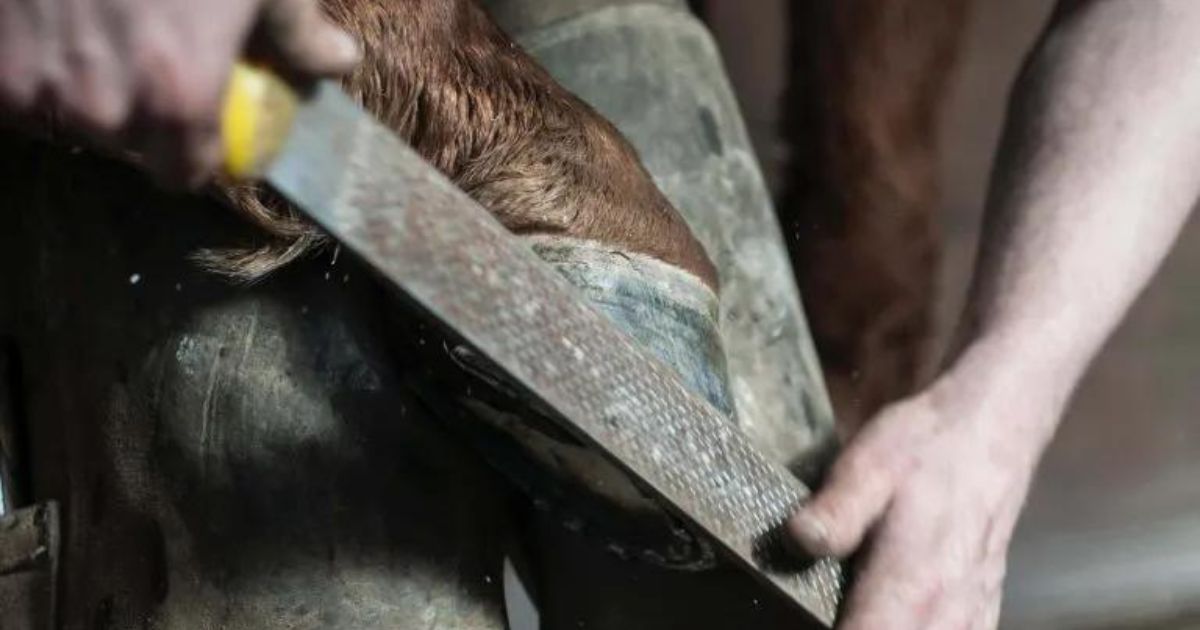Menu

In addition to ensuring that your horse has enough water and food, gets fresh air every day, and is properly vaccinated, regular visits from the farrier are some of the most important things you should ensure as a horse owner. In this mini-series spread over three articles, we aim to illustrate when it's time to have the farrier visit. We hope these tips can help you spot when it's time.
Read also: The hackamore and the lever principle – Challenges and experiences
First and foremost, it should be mentioned that you should never hesitate to have the farrier visit. It's expensive – but it's also part of the responsibility you've taken on by choosing to own a horse. If you're unsure whether a shoe is crooked, if the horse might have a hoof abscess, or if the hooves have grown too long, never hesitate to contact one of those who really know what it's about. After all, they are trained in this. Fortunately, most horse owners are very responsible and do everything – and maybe even more – to ensure their horses have healthy hooves.
How can you tell if the hooves need trimming? All horses are different, and so are their hooves. Therefore, it can be difficult to judge how long you can wait before the farrier or trimmer should come by. Moreover, the interval can vary depending on the season. In most horses, hooves grow faster in the spring and summer than in the winter (and this is also true for most people's nails). Always seek a skilled farrier or trimmer and ask them what intervals suit your particular horse. Below are some general guidelines for when it's time to have the hooves trimmed.
How can you tell if the hooves have been trimmed correctly? Although we obviously can't see the same as a well-trained farrier, we can actually also assess whether the horse has been trimmed correctly – at least to some degree.
Read also: The Blanket – A hidden source of injury
If your horse stands on a flat, hard surface with its legs directly under it, try looking at its forelegs. The hooves should look equally 'long,' and both coronets should be parallel to the surface. The same applies to the hind hooves.
You can also look at the horse's foreleg position. If you look at the pasterns and they angle under 45 degrees, most farriers will choose to put on a shoe that sticks out a bit at the back to provide extra support. The opposite is true if the horse's pasterns are more upright. Horses are different, so there may be completely different reasons why your farrier might have done things differently than we've described here. Ask your farrier if you're unsure about anything they've done – he or she will surely be happy to explain how it works.
In the next parts of the article series, you can read about how to prevent the horse from losing shoes in muddy periods, and how to avoid and combat thrush.